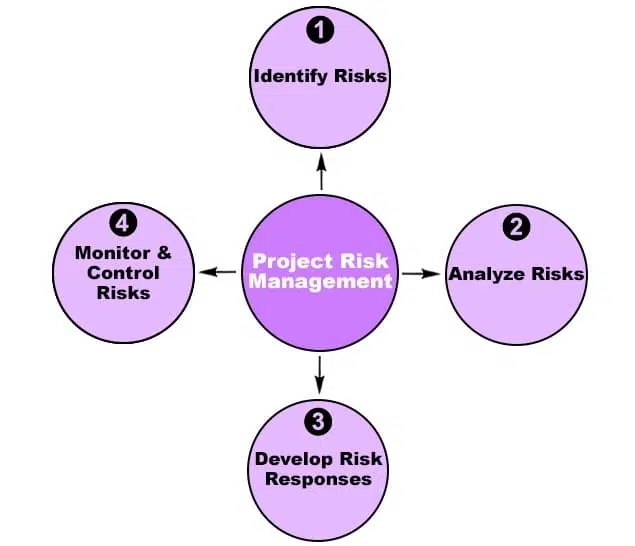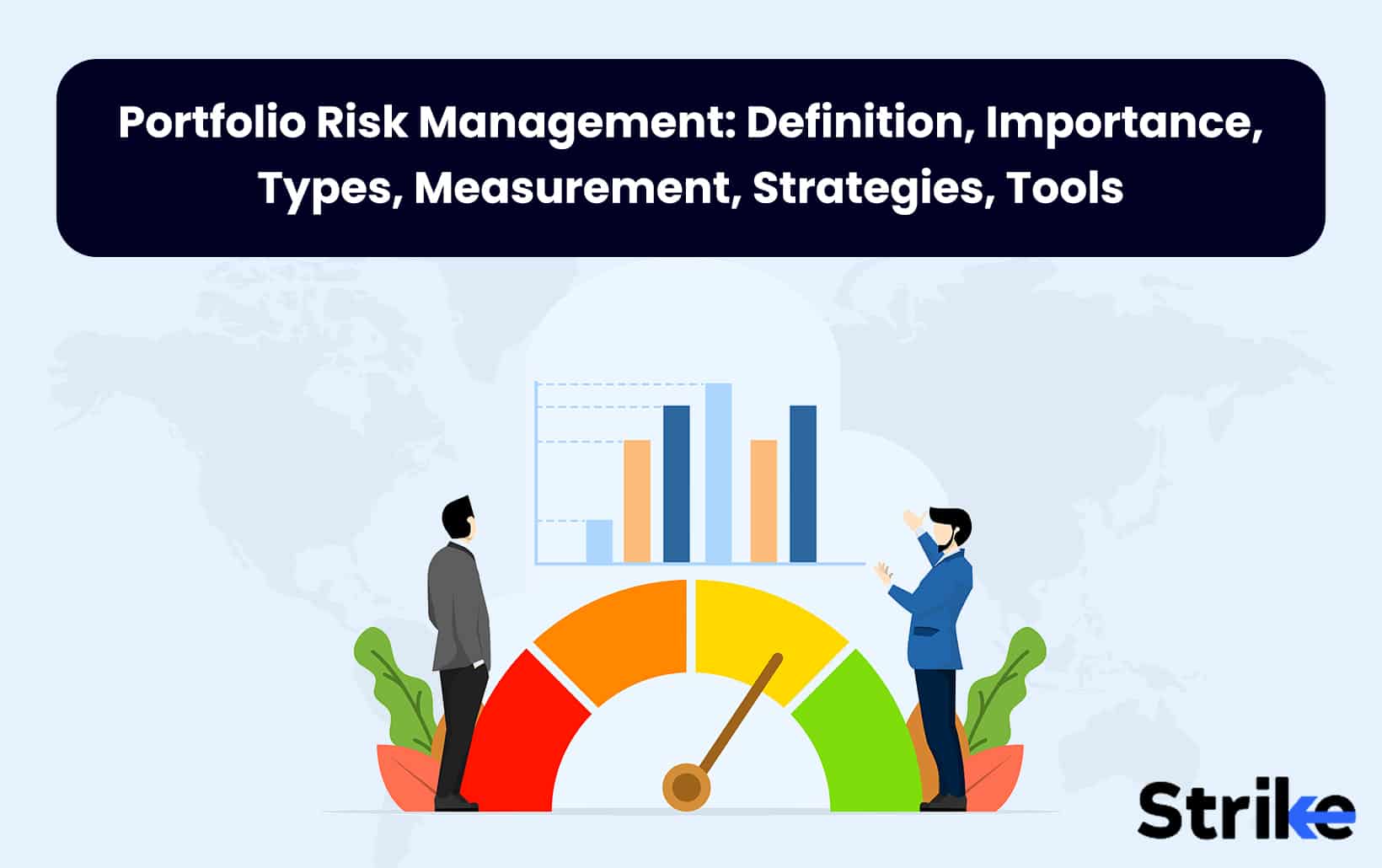Checking out the Significance of Risk Management for Effective Decision-Making Strategies
In the intricate world of business, Risk Management arises as an important element in the decision-making procedure. The ability to identify prospective dangers and possibilities, and strategize accordingly, can lead to the distinction between success and failure.
Understanding the Idea of Risk Management
Risk Management, an essential component in decision-making, is typically misconstrued or oversimplified. Usually, it refers to the recognition, assessment, and prioritization of risks to decrease, monitor, and regulate the chance or influence of unfavorable occasions. Nonetheless, it's not just concerning preventing negative outcomes, yet additionally concerning identifying prospective chances. Risk Management entails structured and regimented techniques, using data and insightful evaluations. It needs a detailed understanding of the organization's context, objectives, and the possible dangers that could thwart them. From economic uncertainties, legal responsibilities, calculated Management mistakes, to mishaps and natural calamities, it deals with various threats. Significantly, reliable Risk Management is not stationary; it's a constant, forward-looking procedure that develops with changing conditions.
The Duty of Risk Management in Decision-Making Processes
In the realm of calculated planning and company operations, Risk Management plays an important function in decision-making processes. Risk Management thus comes to be a vital tool in decision-making, helping leaders to make informed choices based on a detailed understanding of the risks included. Risk Management serves as a vital element in the decision-making procedures of any kind of organization.

Exactly How Risk Management Enhances Strategic Planning
In the context of strategic planning, Risk Management plays a pivotal function. Initiating with the identification of potential risks, it better includes the execution of Risk mitigation actions. The role of Risk Management is vibrant however not fixed, as it requires continuous surveillance and adjusting of techniques.
Recognizing Possible Risks

Applying Risk Mitigation
Having established the relevance of determining possible dangers, the next action is to discover find more Risk mitigation. This process includes establishing and implementing techniques to handle recognized dangers effectively. It is an essential facet of strategic preparation as it enhances decision-making by decreasing possible unfavorable results. Risk reduction approaches can range from Risk avoidance, Risk transfer, to run the risk of reduction. Each strategy ought to be tailored to the particular Risk, considering its potential impact and the company's Risk tolerance. Additionally, effective Risk reduction calls for a deep understanding of the Risk landscape and the prospective influence of each Risk. This understanding makes it possible for organizations to prioritize risks and assign resources effectively, ensuring that one of the most substantial dangers are resolved first.
Surveillance and Readjusting Methods
Though Risk reduction is a vital action in critical planning, constant tracking and change of these strategies is just as crucial. It additionally offers a chance to review the success of the Risk Management measures, permitting changes to be made where required, additional enhancing critical planning. Surveillance and adjusting Risk Management methods is a vital element for improving an organization's resilience and tactical planning.
Case Researches: Successful Risk Management and Decision-Making
In the world i was reading this of company and money, effective Risk Management and decision-making usually serve as the columns of thriving business. These situations highlight the value of sharp Risk Management in decision-making procedures. These situations highlight the crucial duty of Risk Management in critical decision-making.
Devices and Strategies for Effective Risk Management
Navigating the elaborate labyrinth of Risk Management requires the ideal set of tools and methods. These tools, such as Risk registers and heat maps, help in determining and examining possible risks. Techniques include both quantitative techniques, like sensitivity analysis, and qualitative approaches, such as SWOT analysis. These help in prioritizing threats based on their prospective impact and possibility. Risk reaction approaches, a crucial component of Risk Management, involve approving, preventing, transferring, or mitigating threats. Surveillance and managing risks, with normal audits and testimonials, guarantee that the strategies remain learn this here now reliable. With these tools and methods, decision-makers can navigate the complicated landscape of Risk Management, consequently facilitating educated and efficient decision-making.
Future Patterns in Risk Management and Decision-Making Techniques
As we discover the huge landscape of Risk Management, it becomes apparent that the devices and strategies made use of today will continue to develop. The principle of Risk culture, where every member of a company is mindful and entailed in Risk Management, will obtain a lot more prestige. These patterns proclaim an even more inclusive and positive technique towards Risk Management and decision-making.
Verdict

Risk Management thus ends up being an important device in decision-making, helping leaders to make informed choices based on an extensive understanding of the threats included. Risk reduction approaches can range from Risk evasion, Risk transfer, to run the risk of reduction (importance of risk management). Reliable Risk reduction needs a deep understanding of the Risk landscape and the prospective influence of each Risk. Risk reaction techniques, an essential element of Risk Management, involve approving, preventing, transferring, or mitigating dangers. The idea of Risk society, where every participant of a company is conscious and included in Risk Management, will certainly obtain a lot more importance